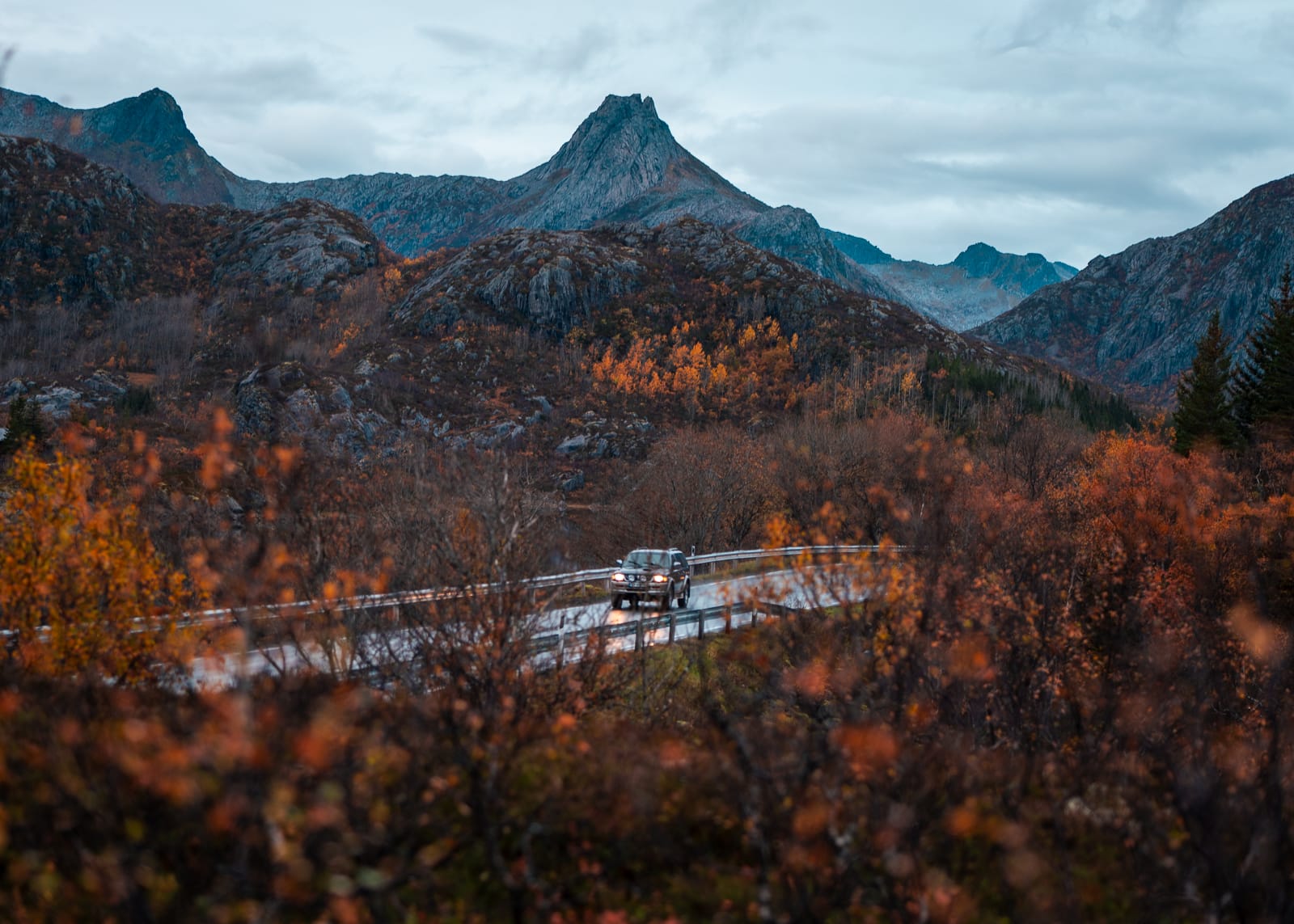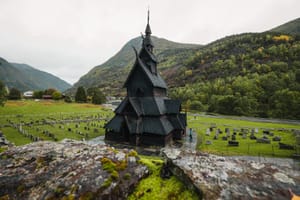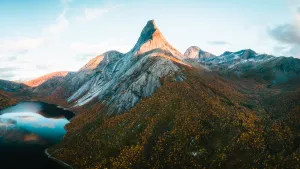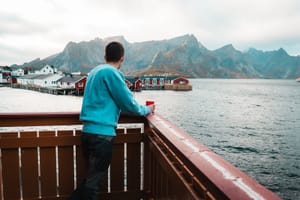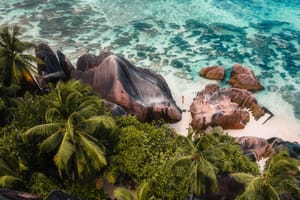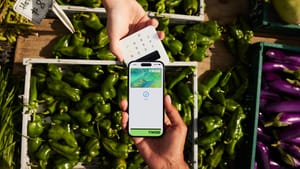Disclosure: This post may contain affiliate links, which means we may receive a commission if you click a link and purchase something that we have recommended. While clicking these links won't cost you anything, they will help us keep this site running and free for everyone.
Planning a road trip through Norway? Whether you're chasing the northern lights in winter or hiking the fjords in summer, knowing what to pack is essential. Norway's weather is famously unpredictable, you could see sun, snow, and rain all in the same day!
After road-tripping through Norway for just under 2 months, we're confident we know everything you need to be prepared.
This complete Norway road trip packing list covers all the seasons. I'll cover the essentials for driving in Norway, clothing tips for every season, optional gear for outdoor activities and our recommended camera gear.
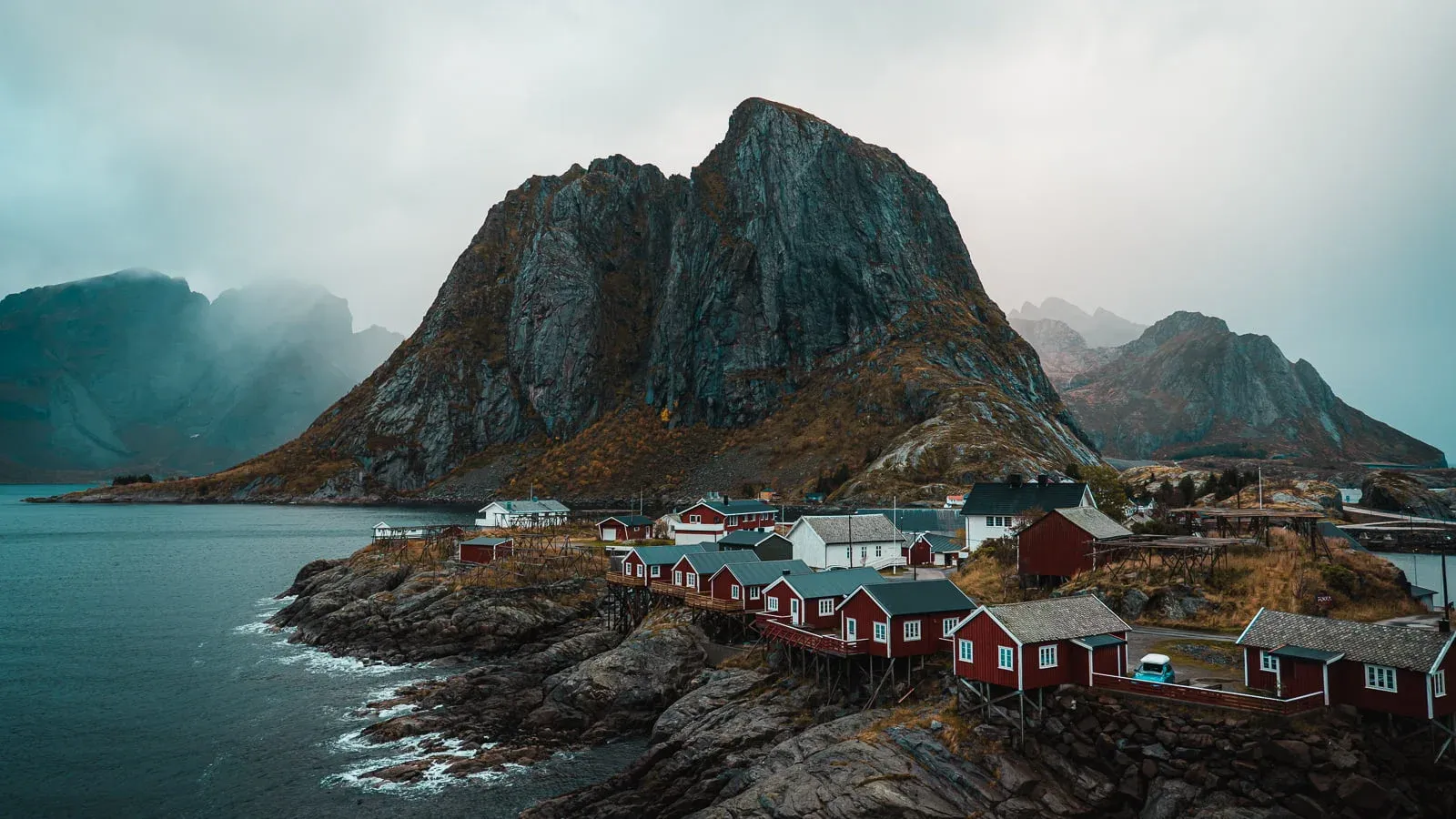
Norway Road Trip Essentials
Before getting into seasonal clothing and camera gear, let’s start with the road trip essentials you'll need no matter when you visit Norway. These are some items we couldn't road-trip without, they made the trip smoother, safer and more enjoyable!
Road & Driving Essentials
- Driving licence - Plus an International Driving Permit if its required.
- Car rental documents - Including insurance and roadside assistance info.
- Offline maps app - Internet can be patchy, we used Google offline maps.
- Phone mount + USB car charger - Crucial for navigation and battery life.
- Torch - For night-time stops
- Ice scraper & de-icer - Essential in winter; sometimes even in early spring/autumn.
- Toll payment method (Auto PASS app) - Most tolls are automatic in Norway, but check your rental setup.
Personal Items
- Sunglasses & sunscreen - Sun glare off snow or water can be intense even in winter.
- Debit/credit card with no foreign transaction fees
- A small amount of cash (Norwegian Krone) – Handy for rural areas, parking or toilets.
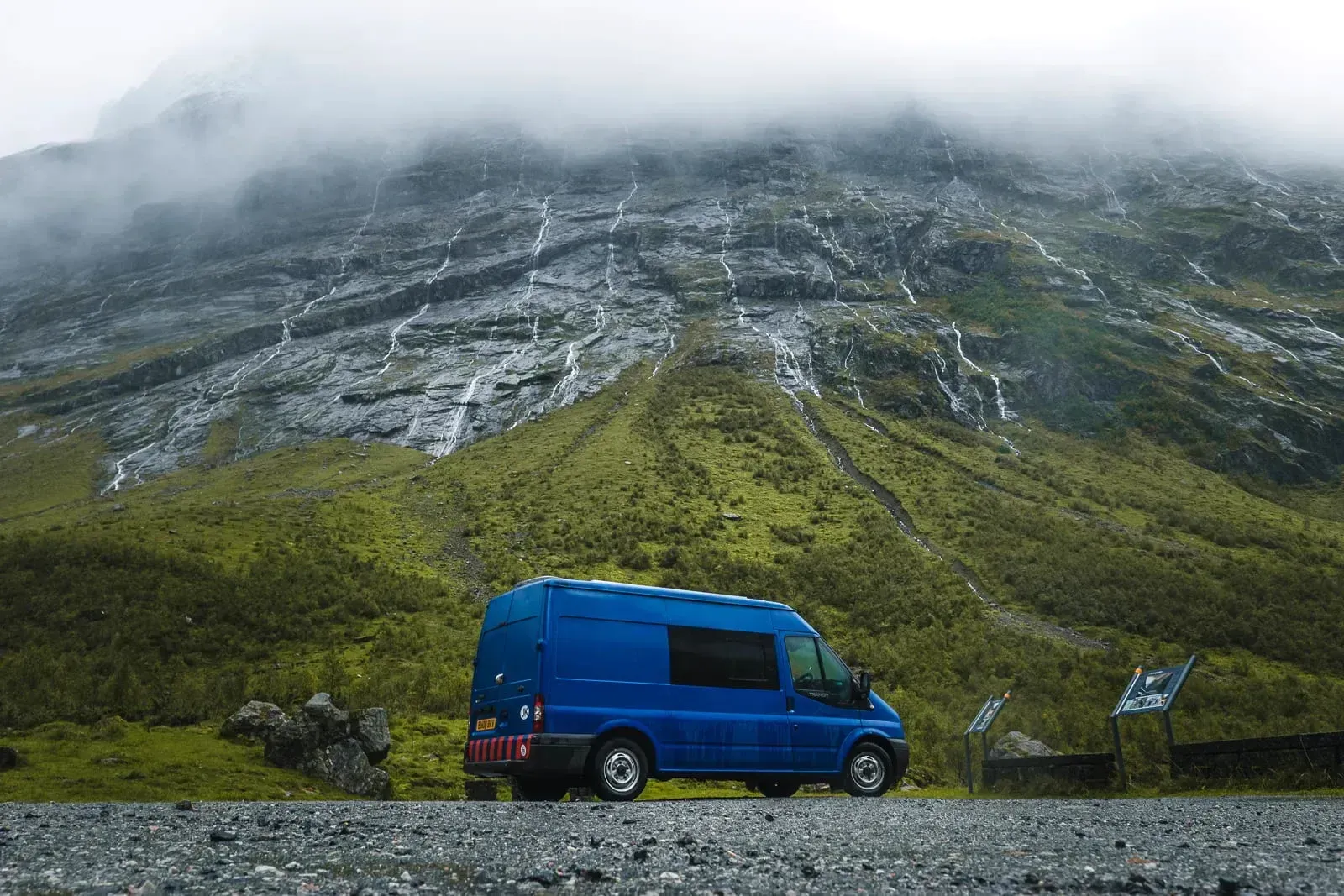
What Clothing to Pack For a Norway Road Trip
Norwegian weather is famously unpredictable, so even in the summer you'll need to have layers and waterproof clothing. This section covers the must-have layers and accessories you'll need in every season.
1. Base Layers (Thermal)
Base Layers are essential in the colder months - they trap body heat to keep you warm. Choose moisture-wicking and quick-drying materials like merino wool or technical synthetics, they'll keep you dry and warm even when hiking or active. Avoid cotton, as it holds moisture and can make you cold fast.
You will only need to bring base layers in autumn and winter, as it's not likely to be cold enough in spring or summer, but it can be handy if you're heading far north or hiking!
- Merino wool or synthetic long-sleeve tops
- Thermal leggings or long johns
2. Mid Layers (Insulation)
Mid layers help trap body heat and keep you warm during cooler temperatures, especially in the evenings or at higher altitudes. A warm fleece, wool jumper or insulated jacket is essential year-round, as it can get cold in every season.
We visited in autumn and definitely needed to wear mid layers and outer layers most days! Our favourite mid layer is often a fleece - these rab ones are our favourites, especially for hiking.
- Fleece or wool jumper
- Lightweight insulated jacket (down or synthetic)
3. Outer Layers (Waterproof & Windproof)
Norway is known for sudden downpours and strong winds so a waterproof and windproof outer layer is a must in every season, even summer.
If you’re visiting in autumn or winter, or planning to hike or travel in northern Norway, a thick insulated coat (down or synthetic) is essential to keep you warm in the cold and wind. Rab or The North Face are some of our favourite brands to buy coats.
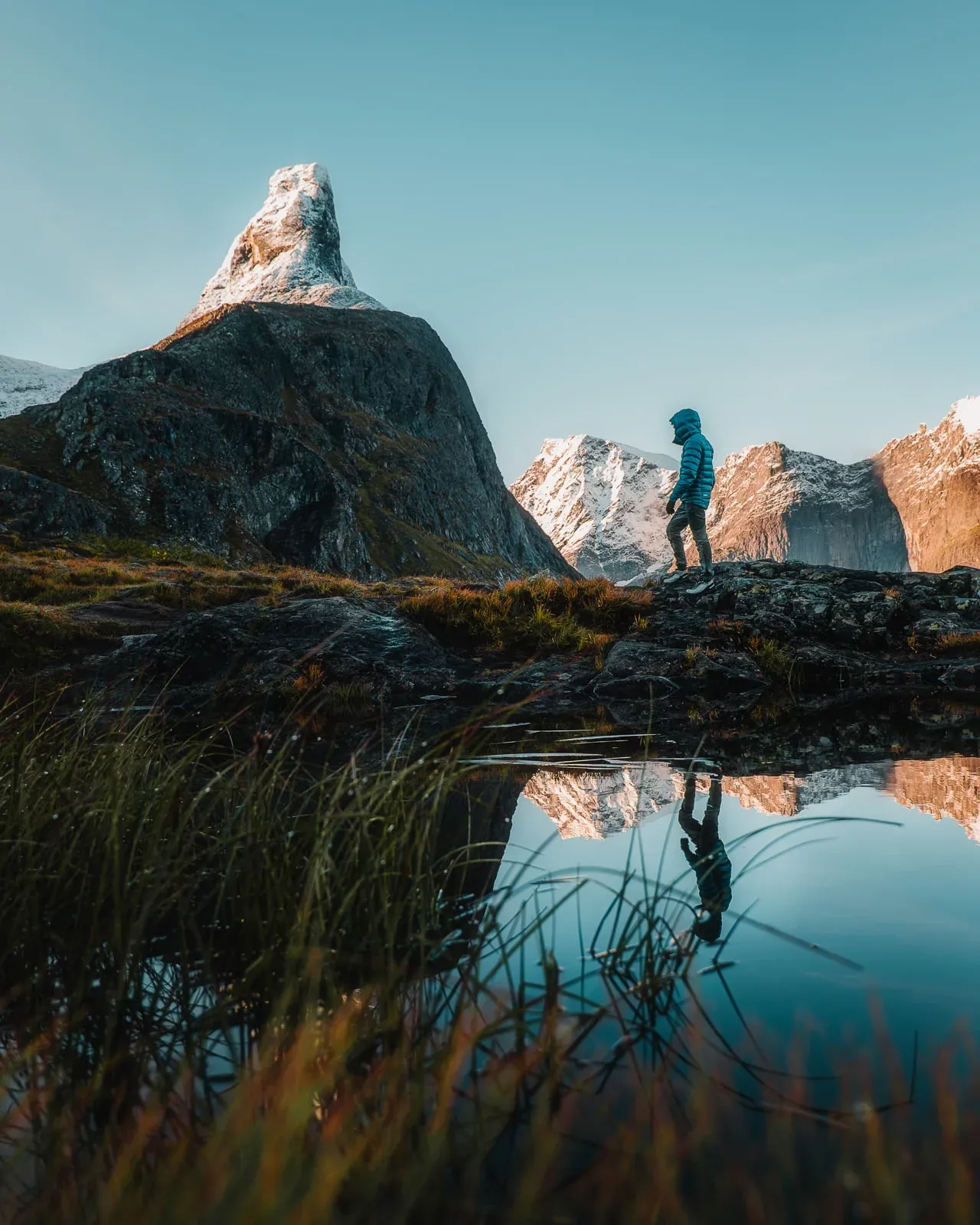
For spring and summer trips, you’ll still want an insulated layer, but a lighter-weight coat will usually be enough, especially if you’re layering properly.
- Waterproof & windproof jacket (with hood)
- Thick coat (down or synthetic)
- Waterproof trousers or hiking pants
4. Footwear
For your footwear, we'd recommend three types of shoes. If you're planning on hiking or exploring nature, waterproof hiking shoes or boots are a must. For driving days and casual walks, bring comfortable trainers. Lastly, flip flops or slides are perfect for public showers, campsites or spa visits.
One of our favourite hiking shoe brands is Salomon - they have reliable, waterproof and sturdy boots.
- Hiking shoes or boots
- Casual trainers
- Flip flops/slides
5. Accessories
These small items make a big difference, especially in colder months or when you're out in the wind or sun. A beanie, scarf and gloves are essential in autumn and winter. Sunglasses are essential for both summer glare and snow reflection.
- Wool or fleece beanie
- Scarf or neck gaiter
- Touchscreen gloves
- Sunglasses with UV protection
Seasonal Add-Ons for Norway: Winter, Spring, Summer & Autumn
Once you’ve got your base layers and essentials sorted, it’s time to think seasonally. Norway’s climate varies drastically depending on when and where you’re travelling - coastal vs inland, fjords vs mountains, or the arctic north vs the southern cities. This section covers the extras you’ll want to pack for each time of year.
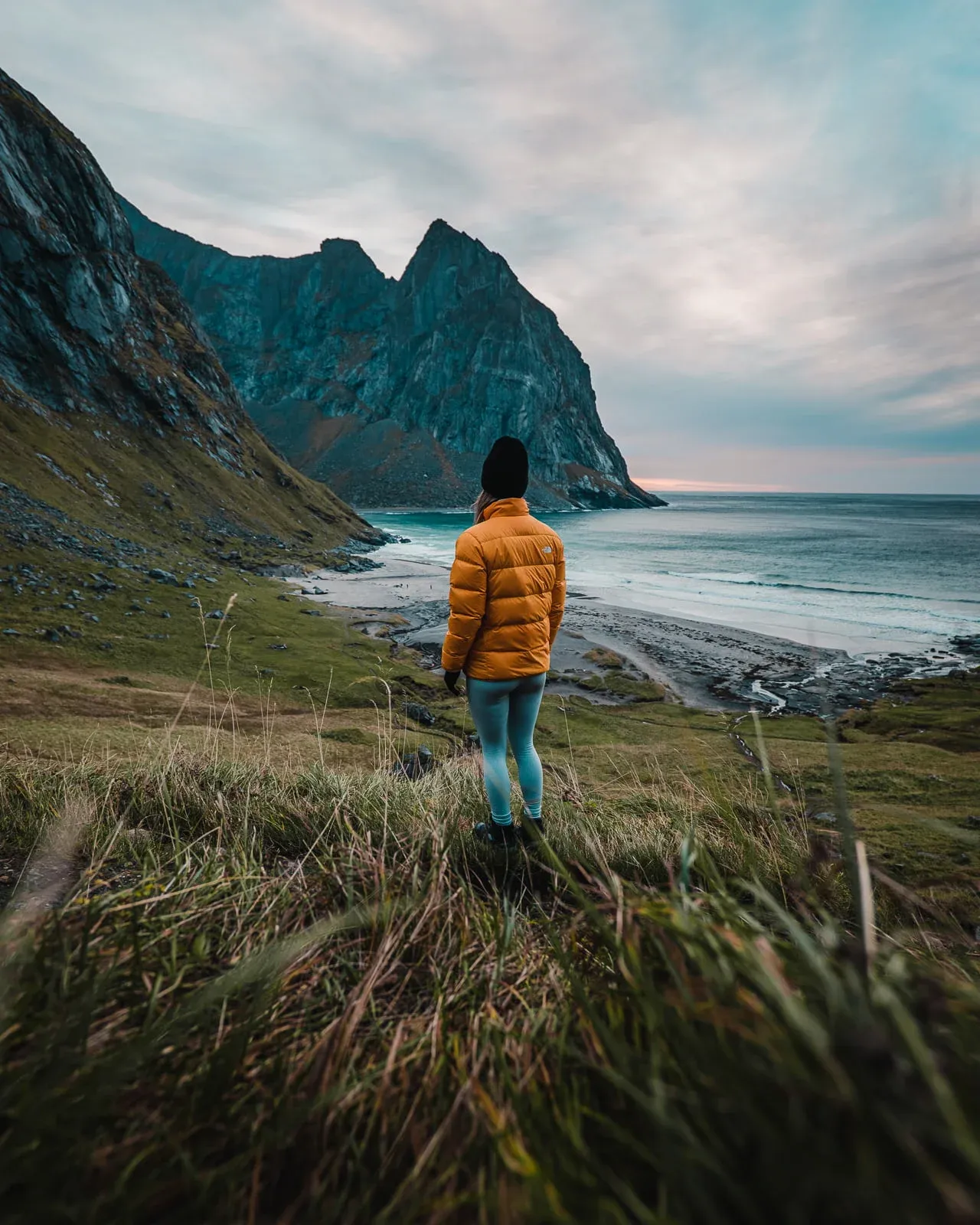
Winter (December-March)
Winter in Norway can be magical with northern lights, frozen lakes and snow-covered landscapes, but it’s also cold, dark and potentially slippery. If you’re visiting between December and March, especially in the north or inland areas, you’ll need insulation and cold-weather accessories.
- Thick down or synthetic coat
- Snow boots with good grip
- Thermal gloves (preferably waterproof)
- Wool hat and neck warmer
- Hand and foot warmers (if you get cold hands or feet)
- Microspikes or crampons (for icy trails or pavements)
- Swimsuit (for saunas or ice dipping!)
- Headlamp or torch (daylight is limited in winter)
Spring (April-May)
Spring can be unpredictable, it’s not uncommon to see snow in April and sunshine in May. Temperatures are still chilly, especially in the mountains, so it’s best to pack layers that can handle both wintery and milder conditions.
- Lightweight insulated jacket
- Midweight fleece or jumper
- Rainproof layers - spring showers are frequent
Summer (June-August)
Summer is the best time for road trips, hiking, and camping, but it’s not always hot. While southern Norway can be warm, the mountains and north stay cool, especially at night. Weather changes fast, so don’t skip your waterproofs or warm layers just because it’s summer.
- Light waterproof jacket
- T-shirts and breathable tops
- Hiking shorts or trousers
- Warm jumper or fleece (for evenings)
- Eye mask (for the midnight sun)
- Insect repellent (especially in the north)
Autumn (September-November)
Autumn is beautiful in Norway, with golden forests and quieter roads, it’s also when temperatures drop and rain increases. You’ll need to pack similar layers to spring, but with more emphasis on warmth and waterproofing, especially if you’re visiting in October or November.
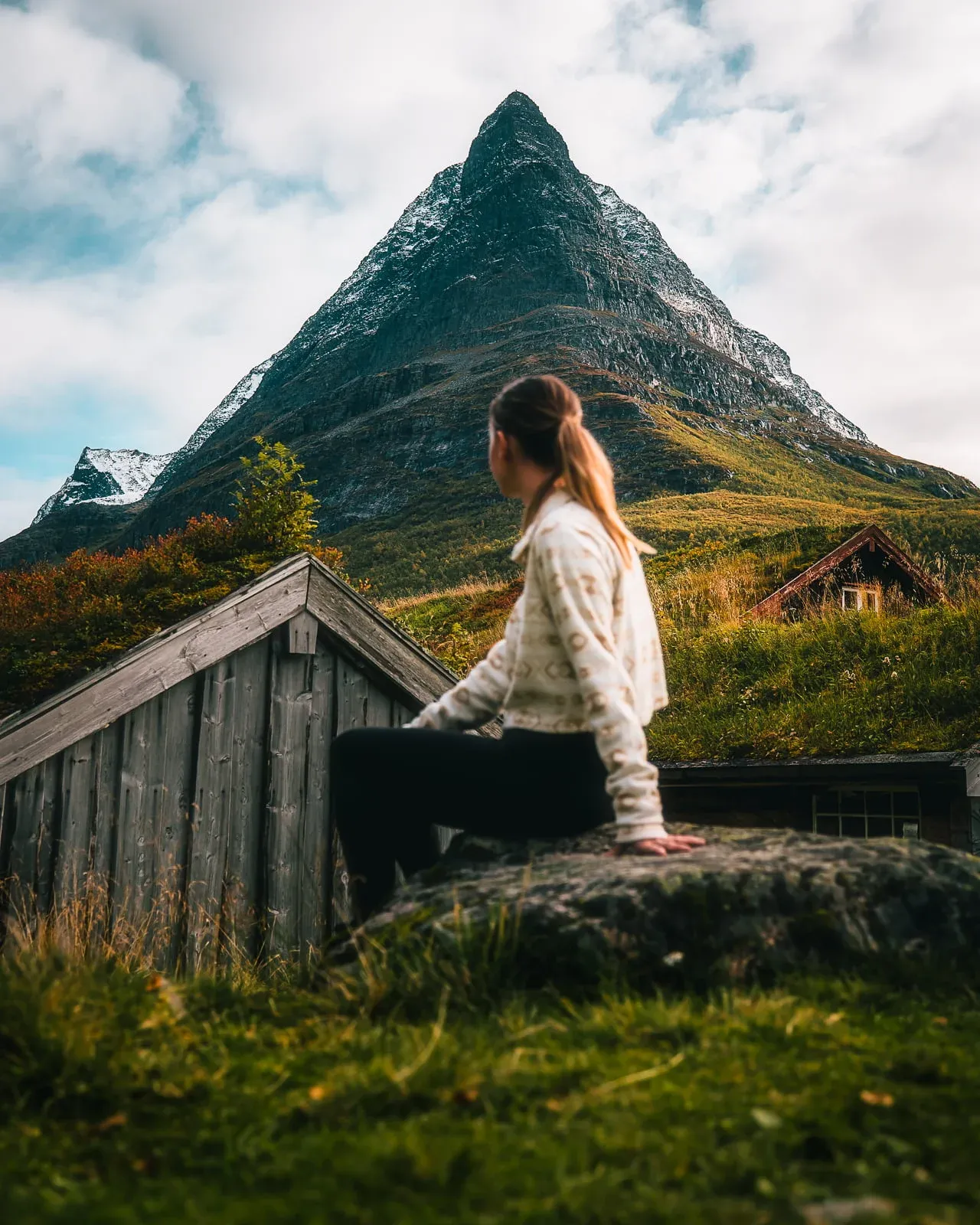
We experienced lots of rain and wind during these months, so windproof and waterproof coats were essential.
- Insulated coat or down jacket
- Waterproof jacket
- Fleece or wool jumper
- Waterproof trousers
Camera Equipment for Norway
If you're like us, then one of your main reasons for visiting Norway is the stunning landscapes that are a dream to photograph and film.
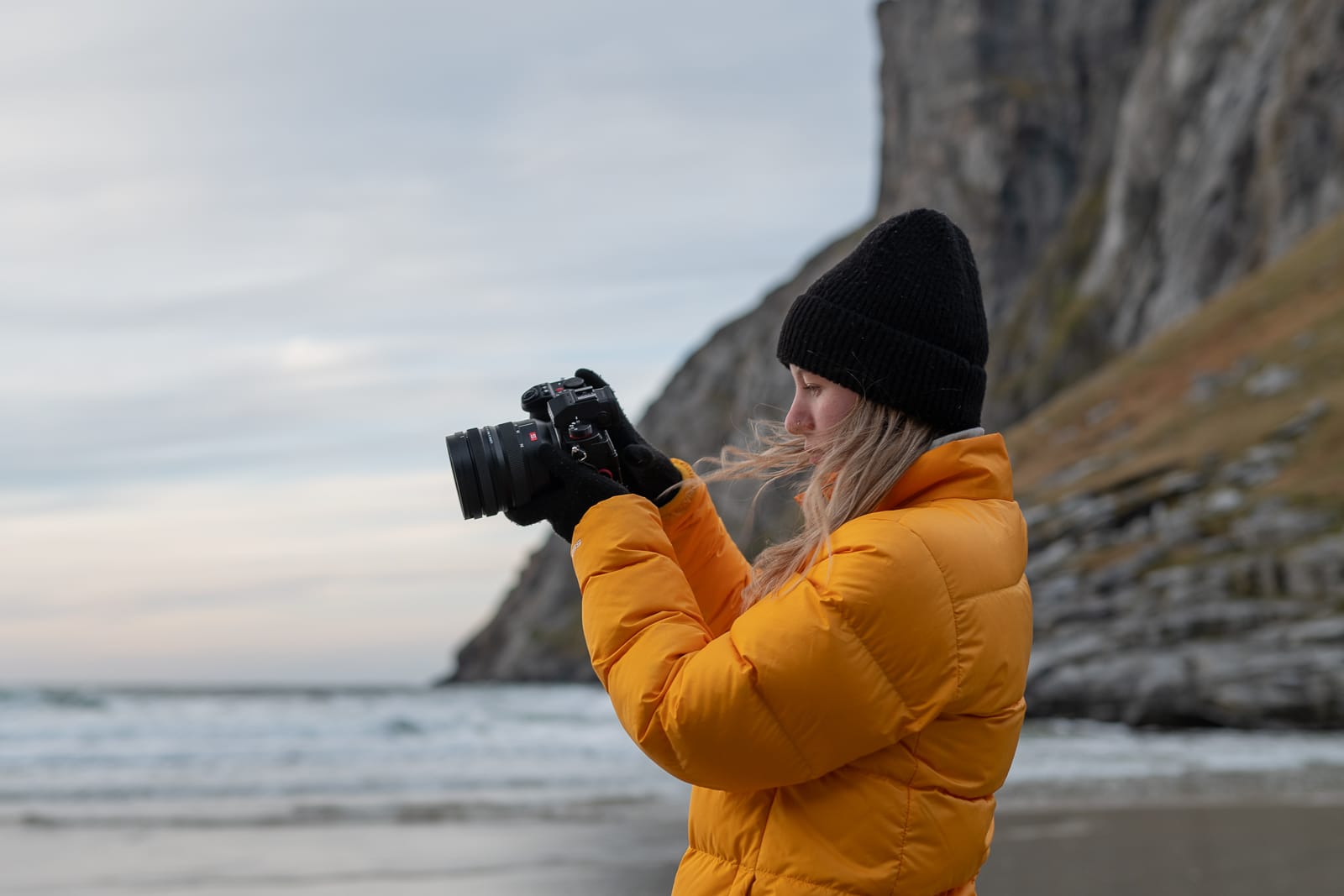
Whether you're a travel creator or just want to capture better memories, having the right gear can take your photos and videos to the next level.
Below is a list of recommended camera equipment based on our personal experience 👇
- Mirrorless or DSLR camera - We have a Panasonic Lumix S1II, we also recommend the Lumix S5 for a lighter and more compact camera.
- Wide-angle lens - Ideal for the vast landscapes, we use a 24-70mm.
- Zoom or telephoto lens - Great for wildlife or compressing mountain ranges, a 70-200mm is a great choice.
- GoPro or action camera - For hikes, snow, kayaking or rainy days.
- Lightweight tripod - Essential for long exposures, northern lights or low-light conditions.
- Drone - Norway is drone-friendly, but check local regulations and weather. We use the DJI Mavic 3, but recommend any DJI drone - a great cheaper and beginner drone is the DJI Neo.
- ND filters - For filming in bright light, especially near snow, water or on sunny summer days.
- Camera bag - Our favourite camera bag is the Tropicfeel Hive, it has a removable camera insert so it can also be used as a travel backpack.
Tech & Miscellaneous Essentials
Beyond your camera gear and clothing, there are a handful of tech items and practical extras that make road tripping in Norway easier. These are the little things that can save you time, keep you connected and help you stay comfortable.

Travel Tech
- Plug adapters: Norway uses Type C and F plugs. If you're going to be staying in any hotels or going to cafes, these are essential.
- Power bank: This is a vital item to bring on a road-trip, so you can always charge your phone or other devices. The SnapWireless Power bank is our favourite.
- Car charger (USB): Essential if you’re using your phone for maps or music, dont expect rental cars to have them.
- Portable WiFi router: If you're going to be working while road-tripping, consider getting a portable WiFi router. This is what we did and it worked really well!
- Bluetooth speaker: This isn't essential, but it's nice to have.
Everyday Convenience
- Reusable water bottle: Tap water is clean and safe everywhere so always carry a water bottle, we like stainless steel ones like this Stanley one!
- Reusable shopping bags: Norway charges for plastic bags and having your own is more sustainable.
- Insulated travel mug: Perfect for coffee on the road, this was a must-have for us!
- Basic first aid kit: This is an important one, make sure to have plasters, painkillers and other bits for emergenies.
- Toilet paper or tissues: Some remote rest stops may not be stocked, so this is always a smart tem to keep with you.
- Quick-dry towel: Perfect for campsite showers and swimming as they dry quickly and fold up small!
- Use packing cubes to keep your clothing organised and save space.
Suitcase or Backpack for a Norway Road Trip?
If you're road-tripping Norway in a campervan, it would be more sensible to bring a backpack or duffel bag, as that way it can fit easily into a campervan, whereas a suitcase might not.
However, if your're road-tripping in a car, you can easily get away with a suitcase, as it can just go in the boot.

👋 We hope that you found this guide helpful! Before you go - don't forget to read our other Norway travel guides for more tips, suggestions & advice.


